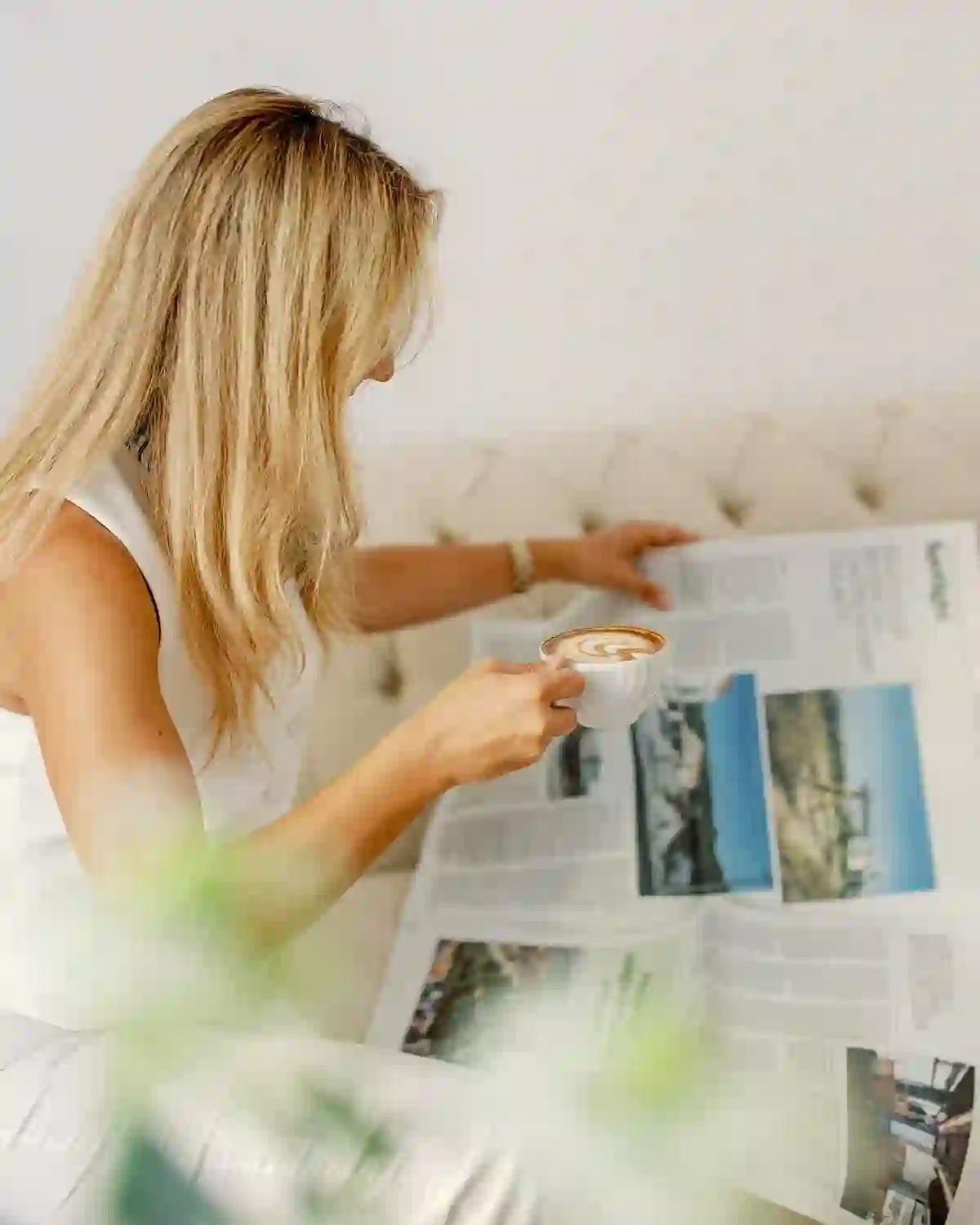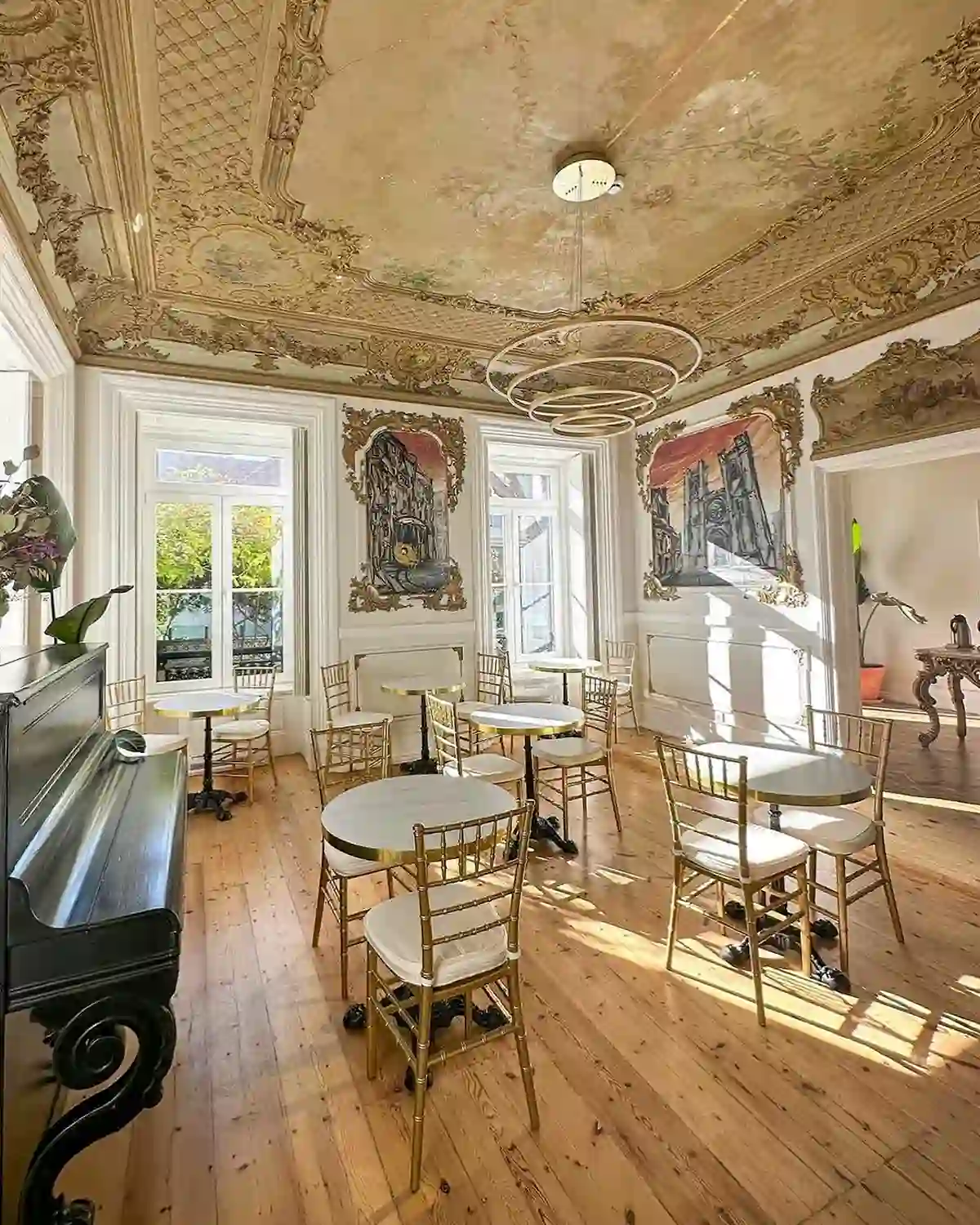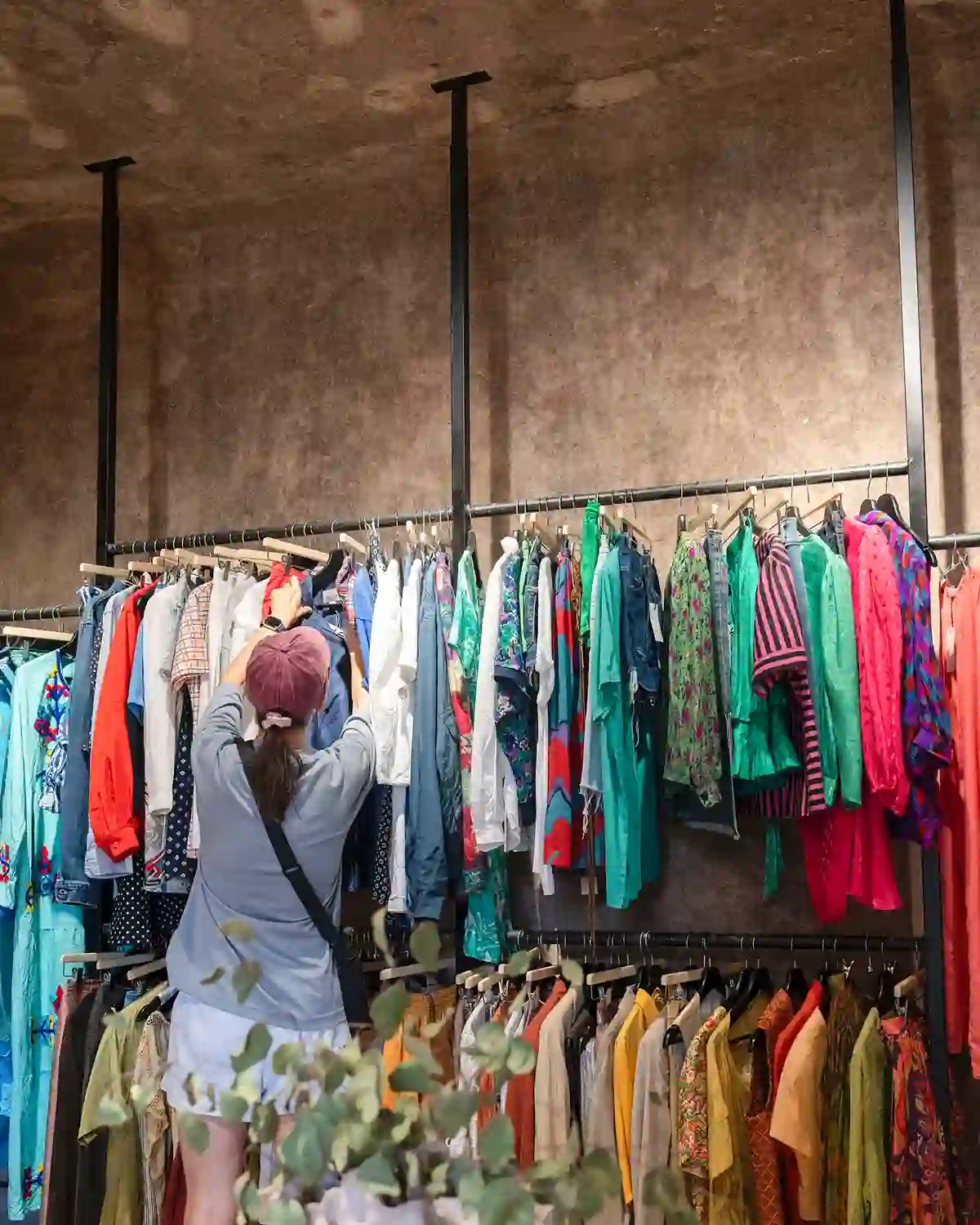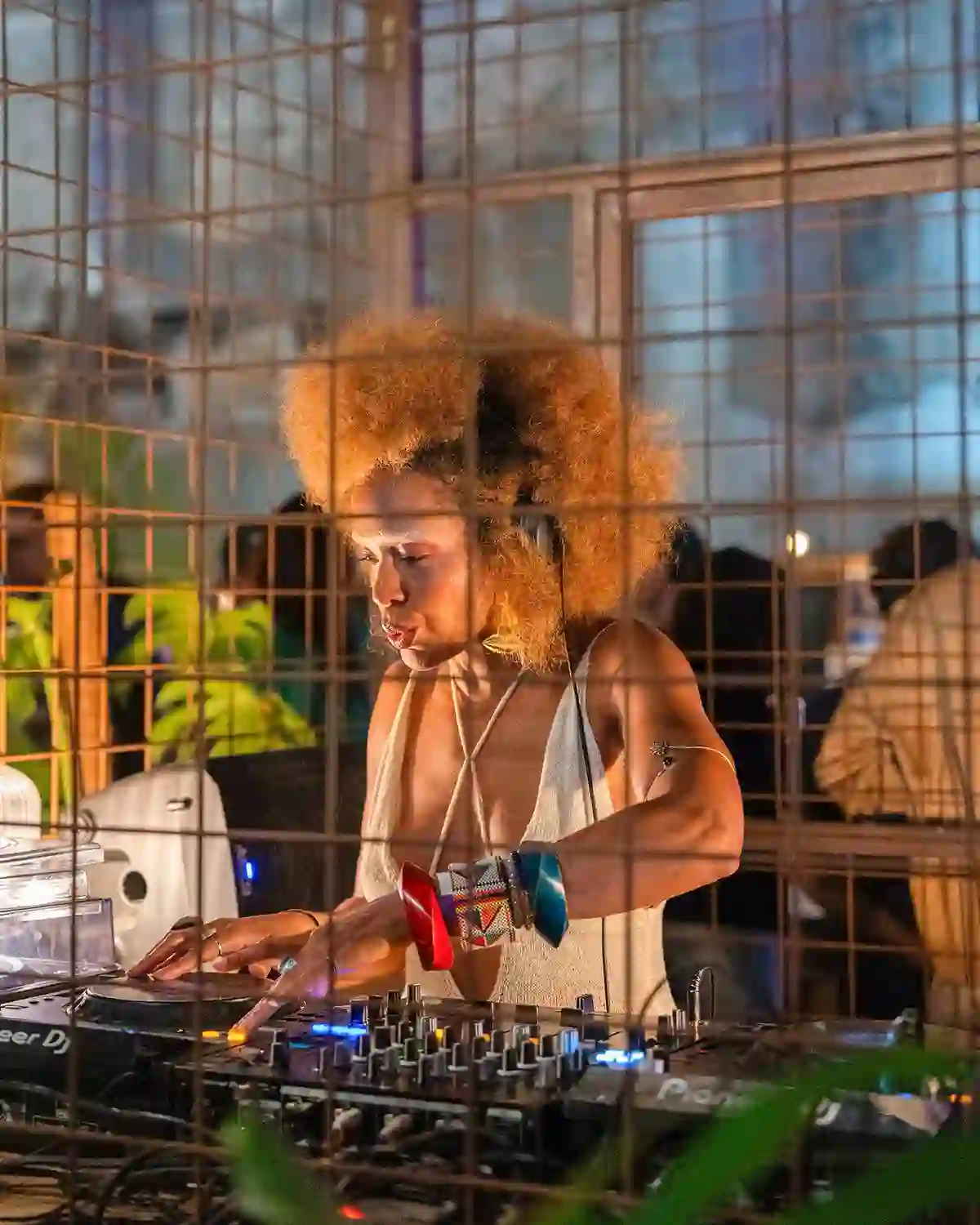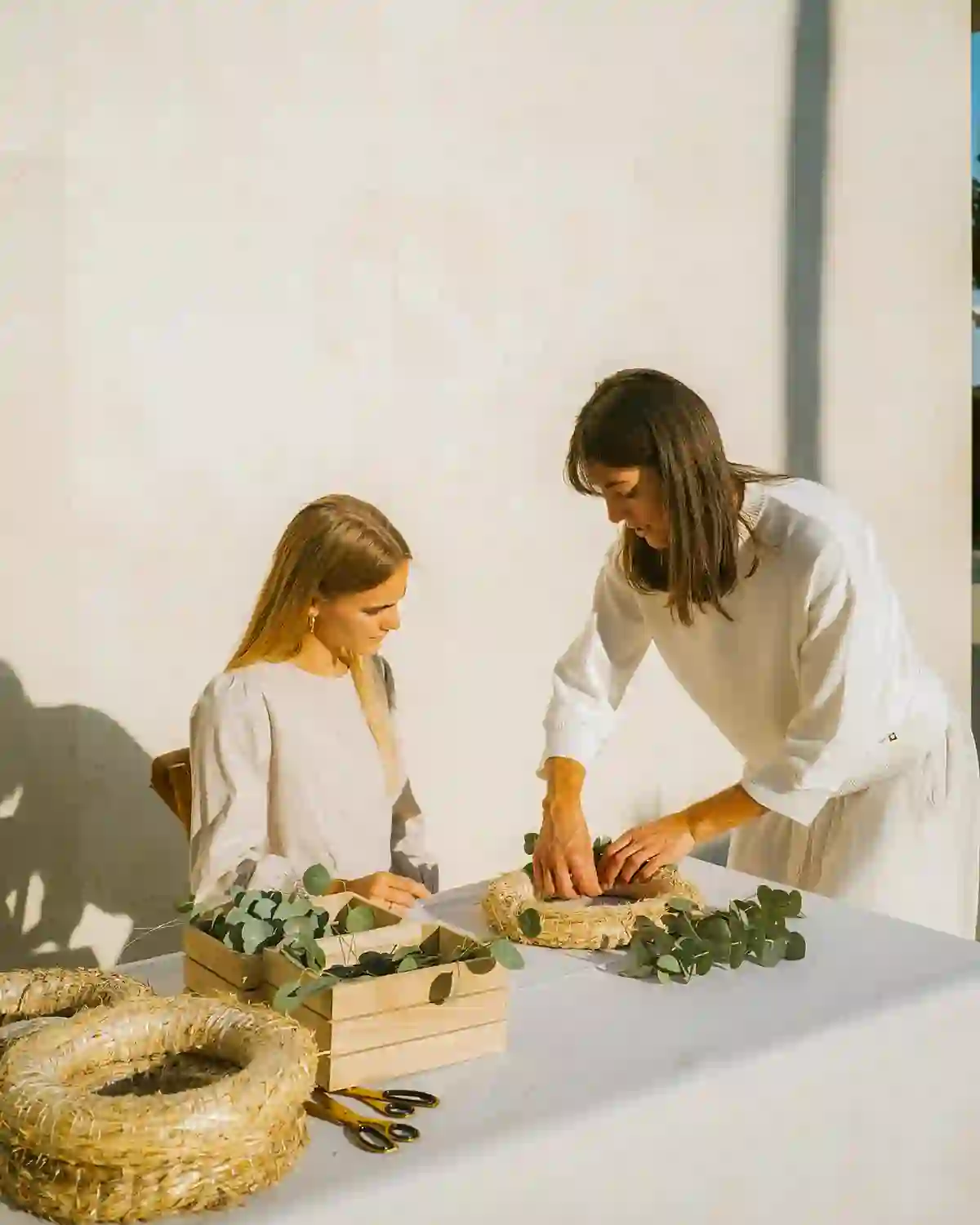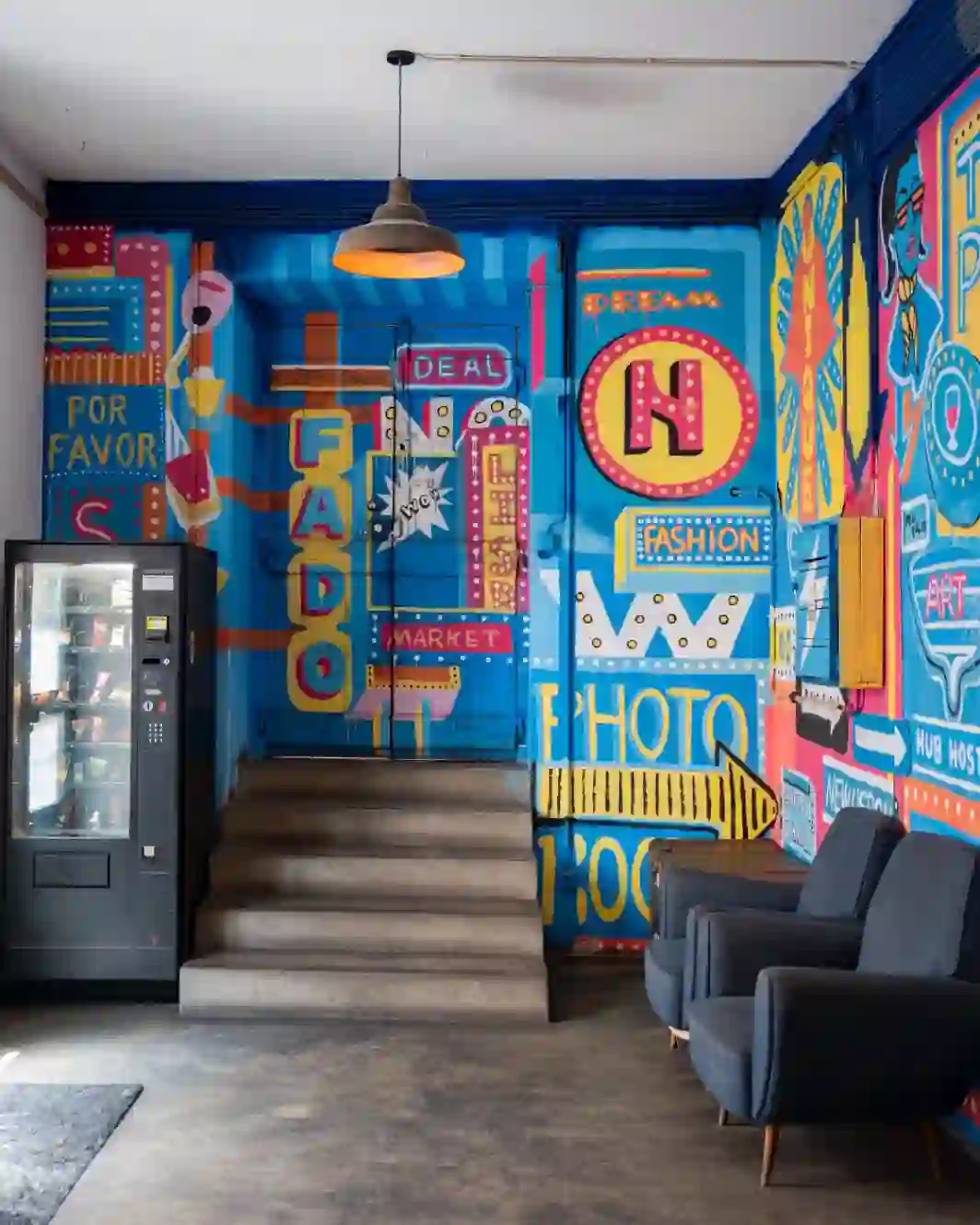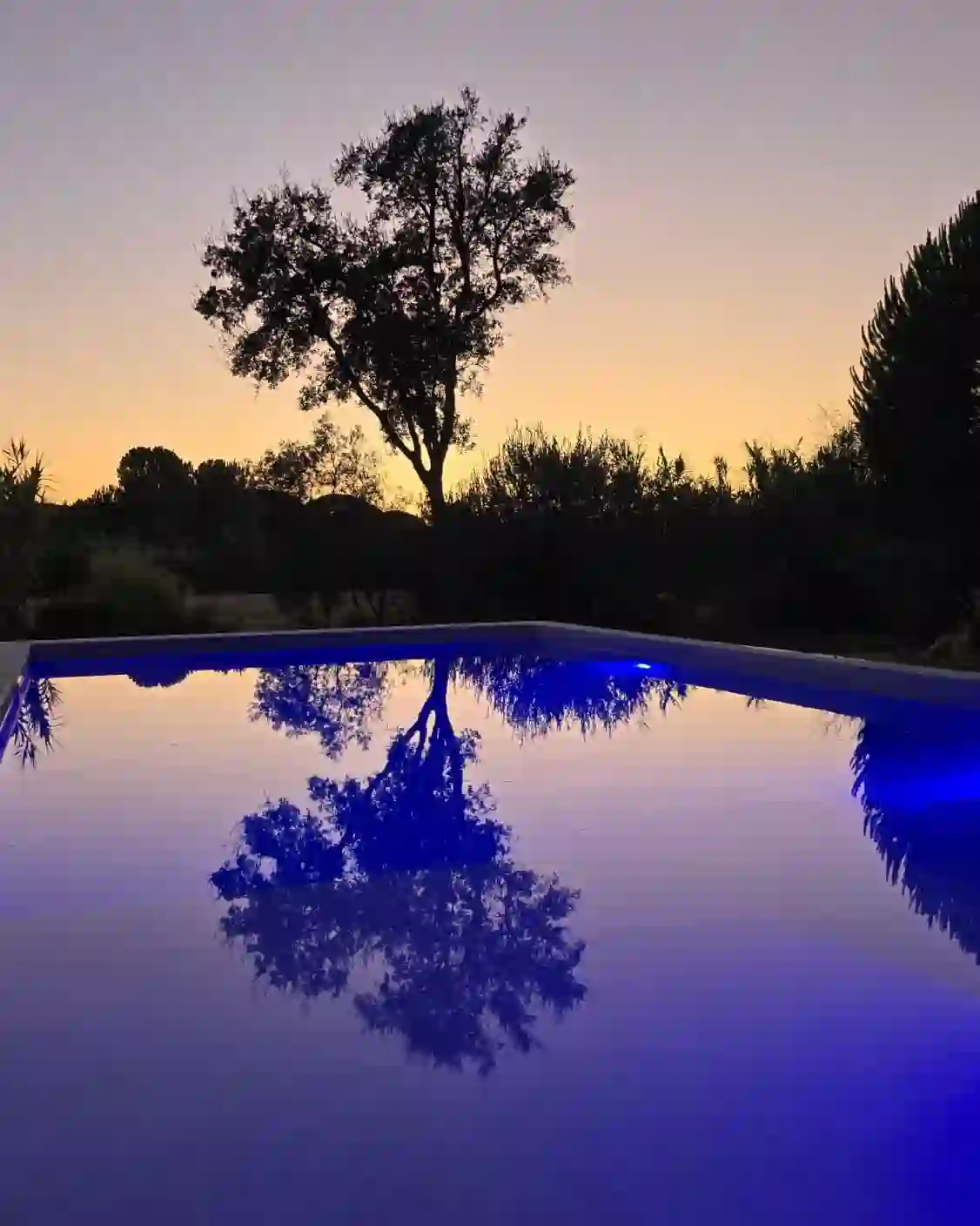The Insider: Lisbon as a local
- Jan Johannessen

- 3 days ago
- 8 min read
Updated: 1 day ago

The marketing director of Portuguese hotel chain Wotels reveals why the city's famous castle isn´t worth it—and where locals really eat, shop, and play.
Born in Oeiras near Cascais, Alexandra Henriques moved to Lisbon just before entering every youth's most formative years, the teenage years.
–Because I was not born in Lisbon itself, but in one of the neighbouring small towns, I had that urge to discover Lisbon after moving here. Everything was new, she reflects. Her parents' need for work turned the young Alexandra into a tourist in her own city, with a curiosity that only a child holds.

–I started to wander around Lisbon and to get to know a lot of places, she remembered her early days in the Portuguese capital. Later, she studied tourism to become a tourist guide, changed her mind before the exam and added courses in marketing and design.
-I have been to lots of places working for the Portuguese travel industry, but I have lived in Lisboa for nearly all of my life, Alexandra explains.
Finally, just after the COVID-19 pandemic, she joined the Portuguese hotel industry and, since April, has been the marketing director for Wotels. The Portuguese Wotels chain recently celebrated its 10th anniversary.
The Morning Ritual
Understanding Lisbon starts with understanding how locals begin their day.
-A lot of people in the morning eat at the coffee places. They don't eat at home. They usually go to the coffee places and drink coffee, usually black, and have something to eat, Alexandra explains
Palacio do Visconde
On weekends, locals embrace brunch culture. And there are many good places to choose from. One recommendation by Alexandra is the Café do Teatro Taborda, which pairs brunch with stunning views. Another one is the more chic Palácio do Visconde. Brunch is served daily from 11:00 to 15:00 in elegant salons or the tranquil garden. Guests and locals alike come for the relaxed atmosphere and impeccable service.
Marvila: Lisbon's Raw Creative Hub

After Breakfast, Alexandra’s Lisbon tour truly begins in Marvila, an old port district where artists have colonised abandoned warehouses and factories, transforming them into galleries, restaurants, and craft breweries.
The centrepiece is 8 Marvila This creative compound hosts art exhibitions, workshops, and performances throughout its courtyards and converted spaces. Cafés and bars buzz until late, while weekends bring DJ sets and pop-up markets that keep the atmosphere ever-changing. Unexpected touches like padel and pickleball courts add to its playful character
Marvila is described as the equivalent of what Brooklyn is to New York City, or Shoreditch is to London, leading the way in innovation, artistic expression and as a thriving hub for creativity.
The Thieves' Market and Its Treasures

Feira da Ladra, the city's legendary flea market in the noble Graça neighbourhood, is a must when visiting Lisbon, Alexandra claims. The market's origins date back to the 13th century. Operating only on Tuesdays and Saturdays. The name Feira de Ladra translates to "Thief's Market"—a nod to its historical reputation.
-A long, long time ago, everything that was sold there used to be stolen. That's why we still call it Feira da Ladra," Henriques explains with a laugh. -It’s not like that nowadays, she adds.
The market, situated between the splendid Panteão Nacional and the imposing church of São Vicente, offers a diverse range of goods, including vintage clothing and antiques, as well as books, vinyl records, and handicrafts.
Views Worth the Climb
From the market, Alexandra recommends climbing to one of Graça's miradores (viewpoints).
-Lisbon is famous for its many viewpoints, she explains.
Miradouro da Graça, also known as the Sophia de Mello Breyner Andresen viewpoint, sits beside the old Graça Church and Convent. From there, visitors can admire stunning views of the Castle of São Jorge, the Tagus River, and the city's red rooftops.
While Mirador da Graça draws crowds, Alexandra also suggests the less-known Mirador da Senhora do Monte, Our Lady of the Mountain, just a short walk uphill.
-It offers a wider, more panoramic view that stretches across the city, the river, and even the 25 de Abril Bridge, Alexandra states.
Unlike Graça, Senhora do Monte is quieter, with fewer people and no café, making it an ideal spot for peaceful contemplation. The small chapel of Our Lady of the Hill gives the spot a spiritual and historic touch. Many photographers and couples come here at dusk to capture the golden light over Lisbon.
-In the Miradoras, you also have street food vans, she notes, painting a picture of leisurely afternoons spent "sipping a lemonade and watching" the city below.
Elegance and second-hand in Baixa

Baixa is Lisbon's elegant downtown district, rebuilt in a grid pattern after the devastating 1755 earthquake with grand neoclassical architecture and wide pedestrian streets. Its flat terrain makes it a welcome relief from Lisbon's famous hills, perfect for strolling through the city's commercial heart.
Hidden among tiled streets, second-hand boutiques and retro stores offer curated treasures from the 70s to early 2000s.
-There are a lot of secondhand stores, Alexandra says, and mentions shops like Ás de Espadas, The Next Closet, Humana Vintage and A Outra Face da Lua.
When asked if she's into secondhand shopping herself, her response is immediate:
-Of course. It's very sustainable!
Lisboa Paper Company / LPC
Lisboa Paper Company
One establishment Alexandra wants you to experience is the Lisboa Paper Company, located at Rua da Boavista, 132-134, which is a creative hub that celebrates conscious design and Portuguese craftsmanship. It serves as both a retail space and a platform for Portuguese artists and designers, featuring rotating exhibitions, installations, and gatherings where customers can meet the creators, view new work, and enjoy a drink.
LPC has served as a venue for opening parties and showcases, featuring music by DJ Alex, curated cakes, and works from resident artists such as Joana Nogueira. Ana Paula Almeida is another artist affiliated with LPC, who has shown her work during Lisbon Design Week events held at or in partnership with the store.
A Taste of Tradition

For authentic Portuguese cuisine, our insider doesn't hesitate to recommend Nobre, run by chef Justa Nobre. Born in the heart of the Trás-os-Montes region, she puts the soul and flavours of traditional cuisine into each of her recipes. Now in her 70s, Justa Nobre was one of the first female chefs to own a restaurant and become a household name in Portugal's restaurant scene.
-She runs the restaurant with her sister and her husband. And it's one of the best places to eat in Lisbon. It's very traditional Portuguese food," Alexandra emphasises.
The Late Night Show

After a long day sightseeing and shopping, having a fun and relaxing night is welcoming. Garagem da Vizinha is one of Lisbon’s spots for a laid-back night with friends. Part of the Wotels system, it is set in a converted garage in the Picoas area, it mixes an industrial vibe with cosy, creative energy.
-It’s the perfect place to grab snacks, petiscos, or a craft beer after work while watching sports on the big screens, Alexandra says.
The menu features Portuguese comfort bites with a twist — think mini pregos, croquettes, octopus hotdog and sharing boards. Locals come for the relaxed atmosphere, friendly service, and good music. There’s indoor seating, and the space often hosts casual events or brand pop-ups.
-You’ll find it near Picoas, at the heart of the city’s creative quarter, she guides.

Geleto is a Lisbon classic, famous for serving meals until the early hours of the morning. Open since 1966, this retro d iner-style restaurant features a long counter and chrome details.
-Locals, night owls, and artists come here after concerts or nights out for comfort food, Alexandra adds.
Signature dishes include steak sandwiches, shrimp soup, and freshly made juices.
Whether it’s 3 a.m. or noon, Galeto is always open.
The illusion

The Castle of Saint George is one of Lisbon's most visible landmarks. Perched high on a hilltop in the Alfama district, it dominates the city's skyline and can be seen from numerous viewpoints and neighbourhoods throughout Lisbon.
-A lot of people think it's from the 12th century. It's not, Alecandra states.
While the site itself dates back to Moorish and medieval times, the original fortress had largely deteriorated into ruins by the early 20th century. Still, it was largely rebuilt in the 1940s during Portugal's Estado Novo regime.. The government reconstructed the walls, towers, and courtyards in a romanticised medieval style to boost national pride, making today's castle more a reflection of 20th-century nationalism than authentic medieval architecture.
Instead of paying the steep entry fees to the castle, Alexandra recommends visiting the circus school Chapito, which also serves as a culture centre.
Founded in the 1980s, it combines artistic education, social work, and performance, training young people in circus arts, theatre, and dance. The project began as a social inclusion initiative, helping disadvantaged youth develop creativity and confidence through the arts. It also has one of the best panoramic views of the city and the Tagus River.
-Sometimes they have shows, but often you can go there and see people practising, Alexandra encourages.
Five Contemporary Portuguese Visual Artists to Follow
Portugal’s creative scene is experiencing a quiet renaissance. The country’s young illustrators and photographers are redefining visual storytelling with authenticity, experimentation, and a global outlook, Alexandra says.
Here are five contemporary Portuguese artists she recommends tourists and art lovers to follow:

Hugo Makarov — Illustration Meets the Streets
Lisbon-based artist Hugo Makarov blurs the boundaries between illustration, tattoo art, and street culture. His bold lines and surreal imagery capture the raw, rhythmic energy of the city.
Makarov’s work has appeared in public art festivals such as WOOL, and his collaborations with Mistaker Maker highlight his ability to merge graphic storytelling with urban emotion.
Follow Hugo Makarov on Instagram: @hugomakarov

Rui Soares Esteves — Faces of the City
Rui Soares Esteves explores portraiture and identity through his photography, framing Lisbon as both subject and muse.
His participation in exhibitions such as Lisboa–Düsseldorf Faces reveals a fascination with human expression and urban belonging. Each image captures a moment of connection — a fleeting balance between intimacy and observation.
Follow Rui Soares Esteves on Instagram: @ruisoaresesteves

Guilherme Gouveia — Drawing as Memory
At just 25, Guilherme Gouveia stands out for his multidisciplinary approach to drawing and mixed media.
His work feels introspective and tactile, delving into memory, body, and perception. Exhibited at Estúdios Victor Córdon, Gouveia’s practice bridges performance, installation, and the meditative gestures of hand-drawn art.
Follow on Instagram: @guilherme.gouveia7

Bruno Saavedra — Poetic Photography
Bruno Saavedra brings a lyrical, almost cinematic tone to contemporary photography. His use of light, shadow, and silence gives everyday scenes an emotional gravity. Saavedra’s portraits and documentary images speak softly but powerfully — echoing the slow, reflective rhythm of modern Portuguese life.
Ricardo Santos — Emotion Through the Lens
Ricardo Santos, founder of Cão Vadio Studio, brings cinematic intimacy to fashion and editorial photography. His images are atmospheric and timeless, often infused with a quiet romanticism that feels both modern and nostalgic. Working between commercial campaigns and artistic projects, Santos represents a new kind of visual auteur — one who is sensitive, cinematic, and deeply human.
About Wotels

Over the course of a decade, WOTELS has grown steadily, establishing a presence from north to south in Portugal and asserting itself as a benchmark in the accommodation sector: through the diversity of its units and its commitment to genuine and authentic experiences.
The chain was recently rebranded into three sub-brands.
WOT Social: Modern hostels, ideal for those looking to share, make new friends, and travel in a social way.
WOT Soul: Charming establishments, located in destinations with identity and soul, inviting authentic discovery.
WOT Signature: Unique experiences, in charming and traditional spaces, for those seeking exclusivity and stories to remember.
About Alexandra Henriques

She is the Marketing Director at WOTELS, where she leads the brand’s creative vision and communication strategy across its collection of hotels and cultural spaces in Portugal. With a strong background in fashion and branding, she also teaches at Magestil – Lisbon Fashion School. Beyond her professional roles, Alexandra is a DJ, bringing her passion for rhythm, connection, and atmosphere to the corners of Lisbon. Deeply inspired by her city, she sees Lisbon as a living muse — a place where art, culture, and people intertwine. Follow Alexandra on Instagram: @alexandrahenriques





